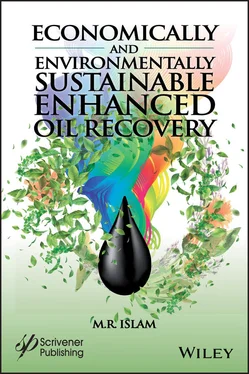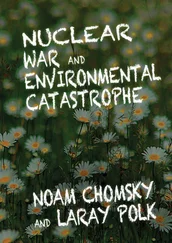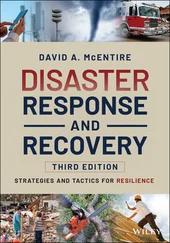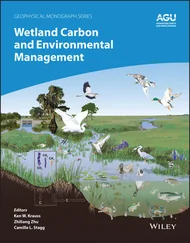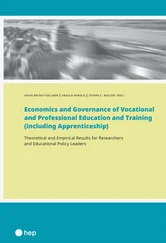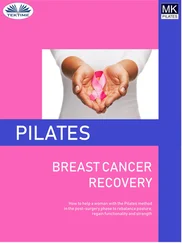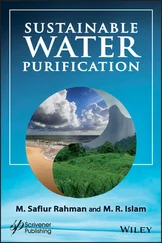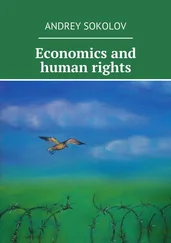Fast forward another decade, I was lecturing on sustainable Enhanced Oil Recovery (the very same topic of this book) when I was ceremonially interrupted, “But where is the research in it, Professor Islam?” This time it was a physicist-turned materials engineer-turned Third World university administrator. Sadly, there was no government official to quiet him down, and to make it worse, a Third World-trained petroleum engineering professor chimed in, “but where does petroleum engineering come in this?” Clearly, they were expecting me to show more coreflood results and recovery curves!
Suffice it to say, in the last 3 decades, the engineering world has not moved a needle toward knowledge. Just like 3 decades ago, chemical engineers want you to implement chemicals without research, and demand that you just take their word for it. Materials engineers want you to focus on how to turn the valve on the well head, trusting them with the material engineering part. Sadly, petroleum engineers are then convinced that their research focus should include only yet another coreflood test and another way to do the material balance Type-curve fitting. University administrators meanwhile are strictly focused on keeping engineers caged within their puny research domain, tightly focussed on drilling a copious number of holes through the thinnest part of the research plank.
Today, I am no longer the wide-eyed graduate student wondering about the meaning of what professors have to say. It has been well over a decade that I pointedly asked ‘how deep is the collective ignorance of the ‘enlightened’ academia? 1Ignorance – as I figured within years of stepping into academic life – doesn’t frighten me, it emboldens my resolve to write more. I decided to write a book on enhanced oil recovery that doesn’t teach another way to measure the minimum miscibility pressure – a phenomenon that doesn’t occur in the field. Upon hearing this, my former graduate student (currently a university professor) said with utter desperation, “But, Dr. Islam, that’s the only thing we teach in EOR classes?” The state of academia is not strong – not even close. It is no surprise that this book is over 700 pages. It doesn’t shy away from calling out the hollowness of the incessant theories and academic mumbo jumbo that produced storm in teacups. Of course, criticism is easy but one must answer the question, “where is the beef?” For every question raised, a comprehensive solution is given after demonstrating how modern-day researchers have failed and why they have failed. The book makes no apology for making a full disclosure of what true sustainability should be – a far cry from the theme that has been shoved down the throat of the general public in the name of: sustainability should come with a price. The book shows, true sustainability is free – as in sunlight. Why should that surprise anyone? Didn’t we know best water (rain), best air (breeze), best cleanser (clay), best food ingredient (carbon dioxide), best energy (sunlight) – they are all free?
A society that has heard for centuries that chemicals are chemicals, photons are photons, CO 2’ is CO 2, murders are murders, all backed by Nobel prize winning scientists and social scientists, how do you even use the term ‘collective ignorance’ when ignorance is all that the society has offered? Why such thoughts will be tolerated, let alone nurtured by the same establishment that has made economics – the driver of the society the most paradoxical discipline, ignorance into bliss, science into hysteria, secular philosophy into cult-like beliefs, Carbon into the ‘enemy’, humans into a liability, war into a profitable venture? These are not discreet problems that can be fixed individually. These webs of networks hidden behind hidden hands making it impossible to even mention what the core problem is. Thankfully, in the sustainability series of books from my research group, we have laid out the background. Starting from the dawn of the new millennium, we have published systematic deconstruction of Newtonian mechanics, quantum mechanics, Einstein’s energy theory, and practically all major theories and ‘laws’ in science and social science, after proving them to be more illogical than Trinity dogma, thus exposing the hopelessness of New Science. So, this book has a starting point based on fundamentally sound premises. As such it creates no paradox and when it recommends a new outlook, which is not just blue-sky research, it is the only recipe to reach true sustainability.
At this point, I don’t have to explain myself. As Ali Ibn Abu Talib (601– 661 CE), the 4 thCaliph of Islamic Caliphate pointed out, “Never explain yourself to anyone, because the one who likes you would not need it, and the one dislikes you wouldn’t believe it.” It has been a while that I have written to impress anyone. It’s all about eliminating ignorance and give knowledge a chance to shine.
M. R. IslamHalifax September 2019
1 1 How Long Is the Coast of Britain? Statistical Self-Similarity and Fractional Dimension” is a paper by mathematician Benoît Mandelbrot, first published in Science in 5 May 1967.
1
Introduction
1.1 Opening Remarks
There have been many books on the topic of Enhanced Oil Recovery (EOR) over the entire period of the plastic era, which spans over 100 years. Each book brings in incremental knowledge of how to recover more oil faster. They all follow the same approach – the approach that maximizes profit in the shortest possible term. This book is unlike any other book on the topic; petroleum engineering, of all disciplines, does not need another book on how to calculate minimum miscibility pressure. This book does not lecture on how to make calculations; rather, it presents how to make fundamental changes in a culture that has produced what Nobel laureate Chemist Robert Curl called a ‘technological disaster’.
1.2 The Prophets of the Doomed Turned Into Scientists
For well over a century, the world has been hearing that we are about to run out of fossil fuel in matter of decades. First it happened with coal. In 1865, Stanley Jevons (one of the most recognized 19th century economists) predicted that England would run out of coal by 1900, and that England’s factories would grind to a standstill. Today, after over 150 years of Jevons’ prediction of the impending disaster, US EIA predicts that the coal reserve will last another 325 years, based on U.S. coal production in 2017, the ‘recoverable coal’ reserves would last about 325 years (EIA, 2018c).
When it comes to petroleum, as early as 1914, U.S. Bureau of Mines predicted, “The world will run out of oil in 10 years” (quoted by Eberhart, 2017). Later, the US Department of Interior chimed in, claiming that “the world would run out of oil in 13 years” (quoted by Eberhart, 2017). Obviously, the world has not run out of oil, the world, however, has been accustomed to the same “doomsday warning” and whooped it up as ‘settled science’ (Speight and Islam, 2016). Starting with Zatzman and Islam’s (2007) work, this theme of ‘running out of oil’ has been deconstructed and over a decade later, the actual settled science has become the fact that it’s not a matter of if falsehoods are perpetrated it is a mater of why. In 2018a, Islam et al . made it clear that the entire matter is an economic decision, concocted to increase short-term profit. Science, let alone the science of sustainability, cannot be based on falsehood and deception.
It is the same story about ‘concerns’ of climate change and the hysteria that followed. All studies miraculously confirmed something scientists were paid to do whip up decades ago (Islam and Khan, 2019). Now that that ‘science’ has matured into settled science, carbon has become the enemy and the ‘carbon tax’ a universal reality.
Читать дальше
